educational content ideal for school-aged youth
This segment, entitled “Welcome to Class, is written by our resident school Teacher, Hannah Love. As a High School teacher, Hannah sees first hand how many young people struggle with mental health issues and thoughts of self-harm. With that in mind Hannah wanted to create a segment that is particularly relevant to school-aged youth in that it deals with the unique issues most often faced by this age group. For example, balancing school work with one’s mental health is a particularly difficult challenge unique to those in school. This monthly content will address issues of this nature, hopefully providing tips, resource, and data that gives you a leg up as you juggle school, extracurriculars, friends, family, homework, your job, and, of course, your health—mental and physical.
CBT TRIANGLE
October, 2021
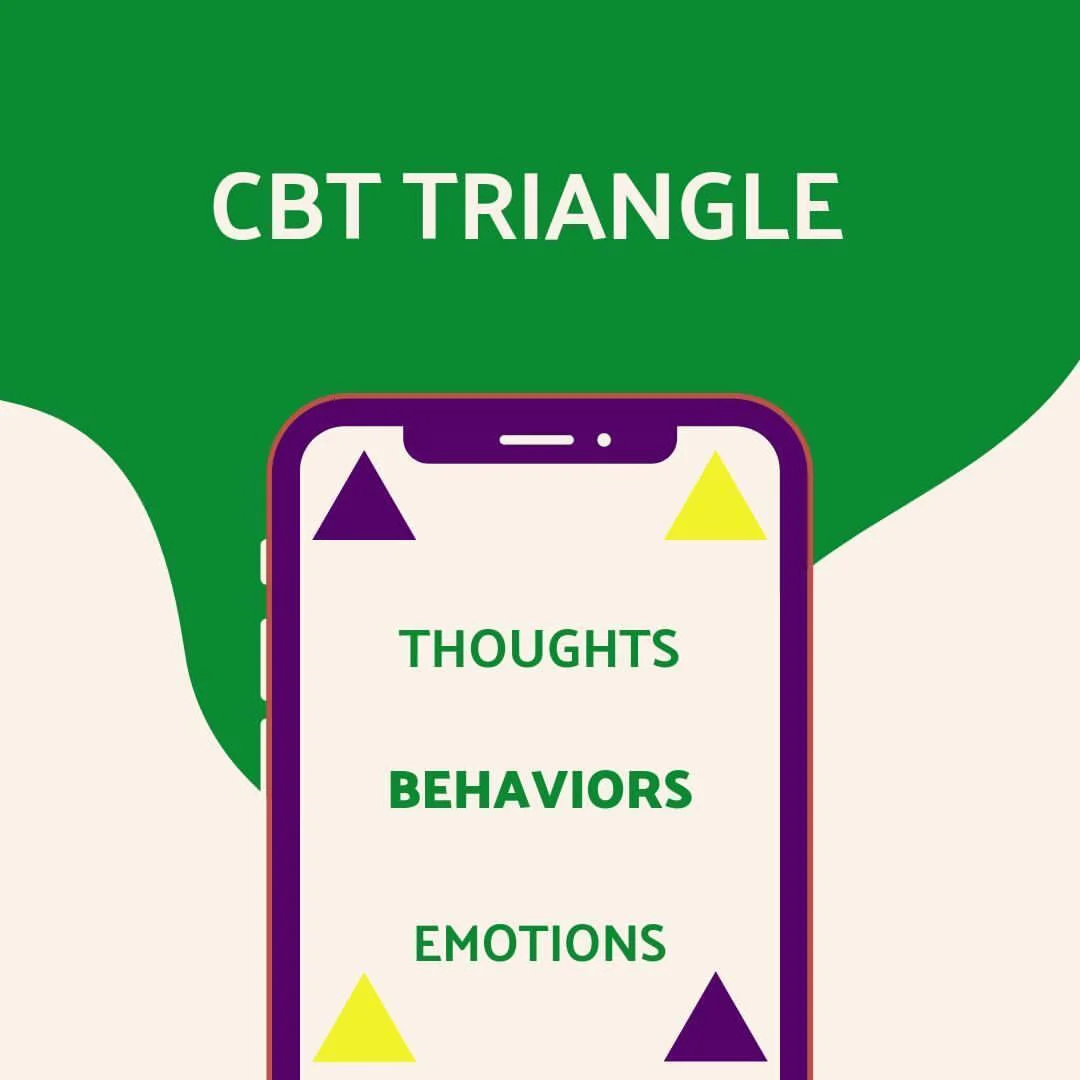
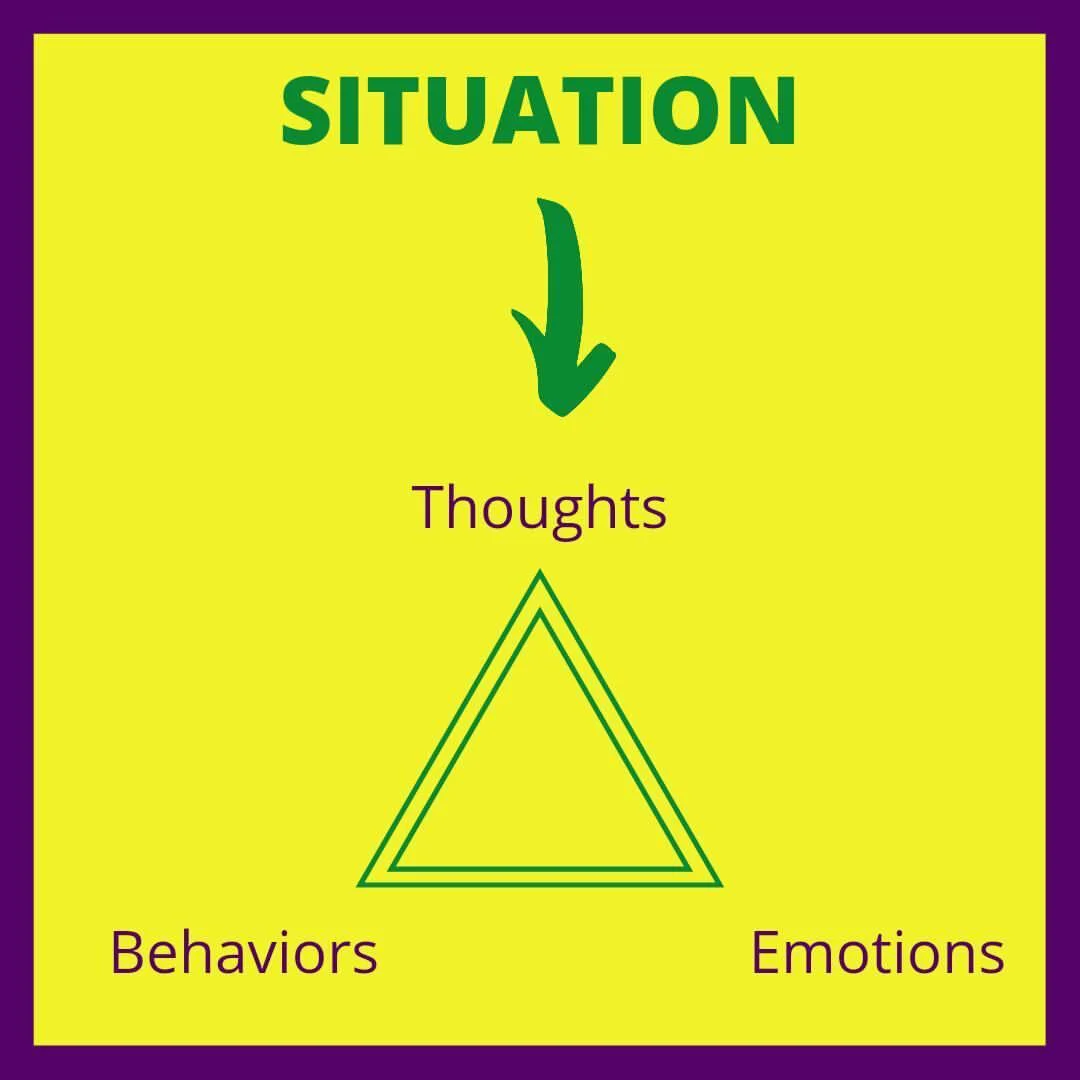
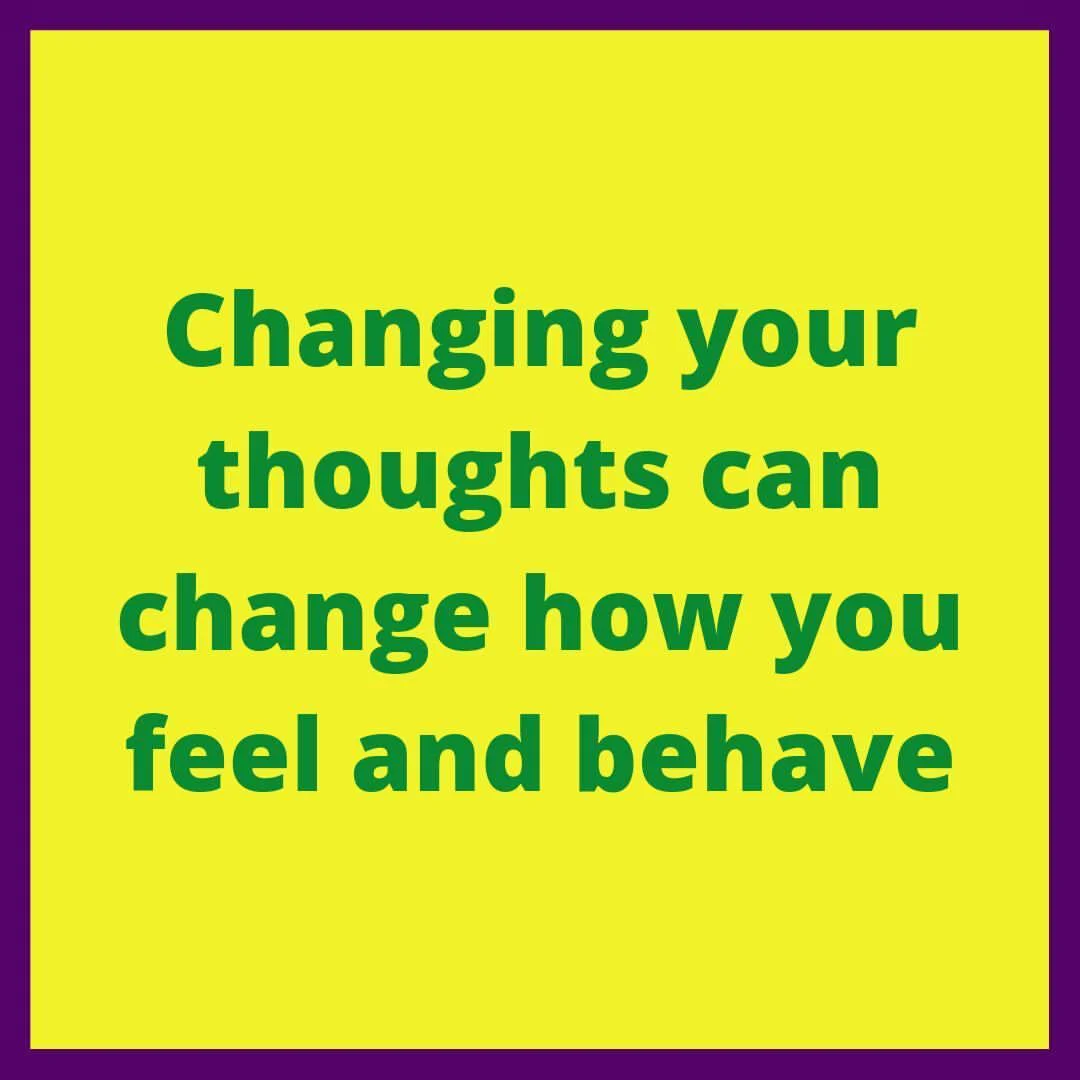
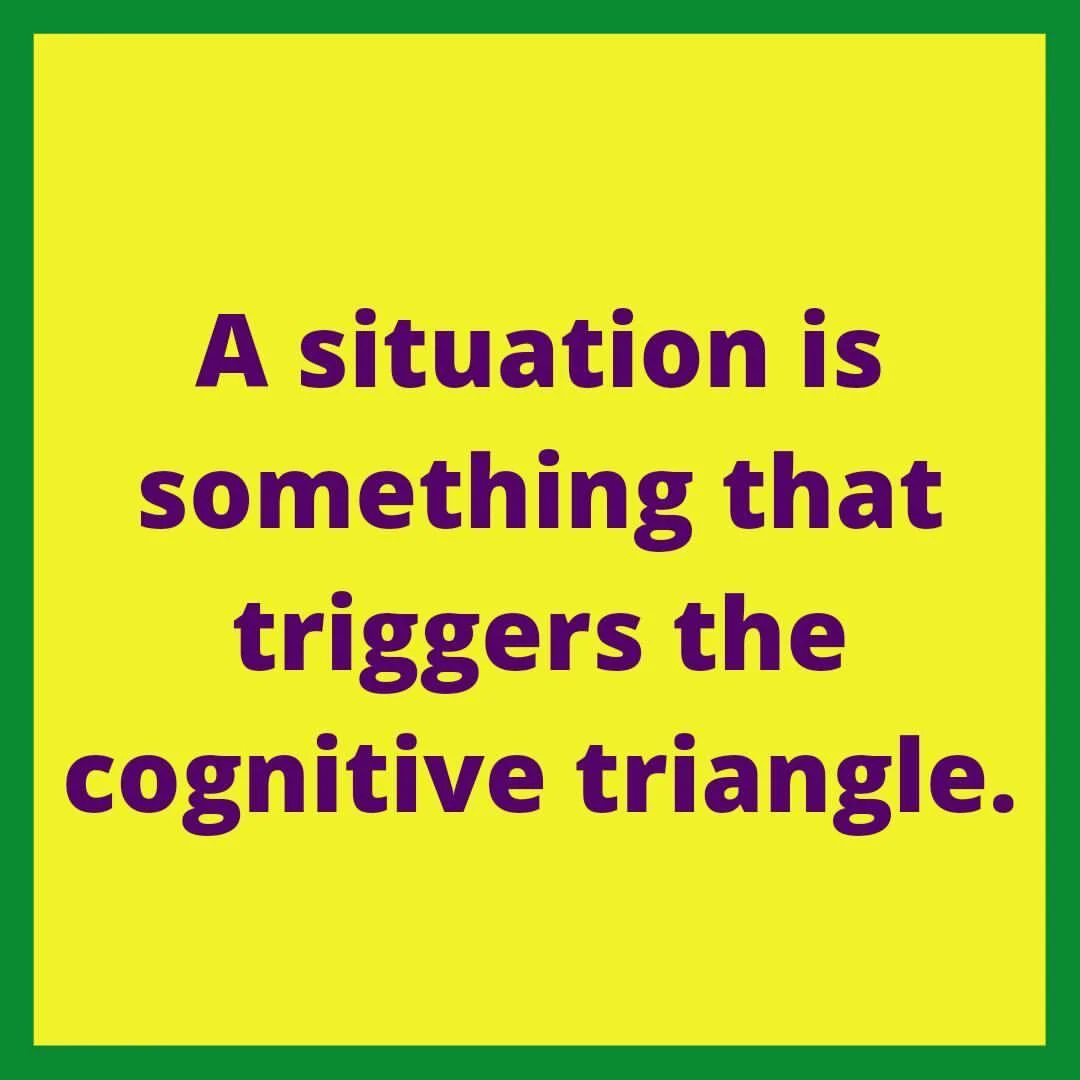
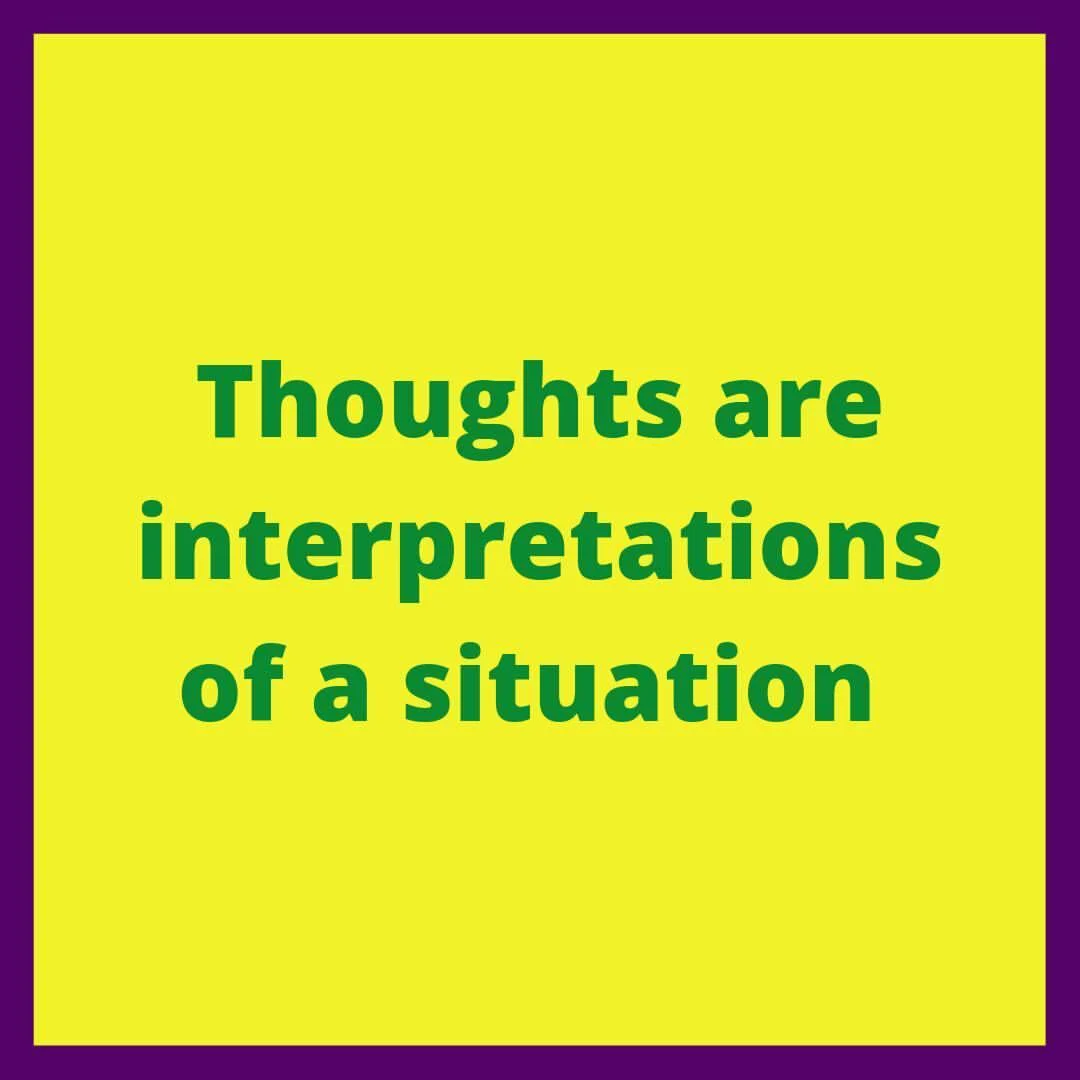
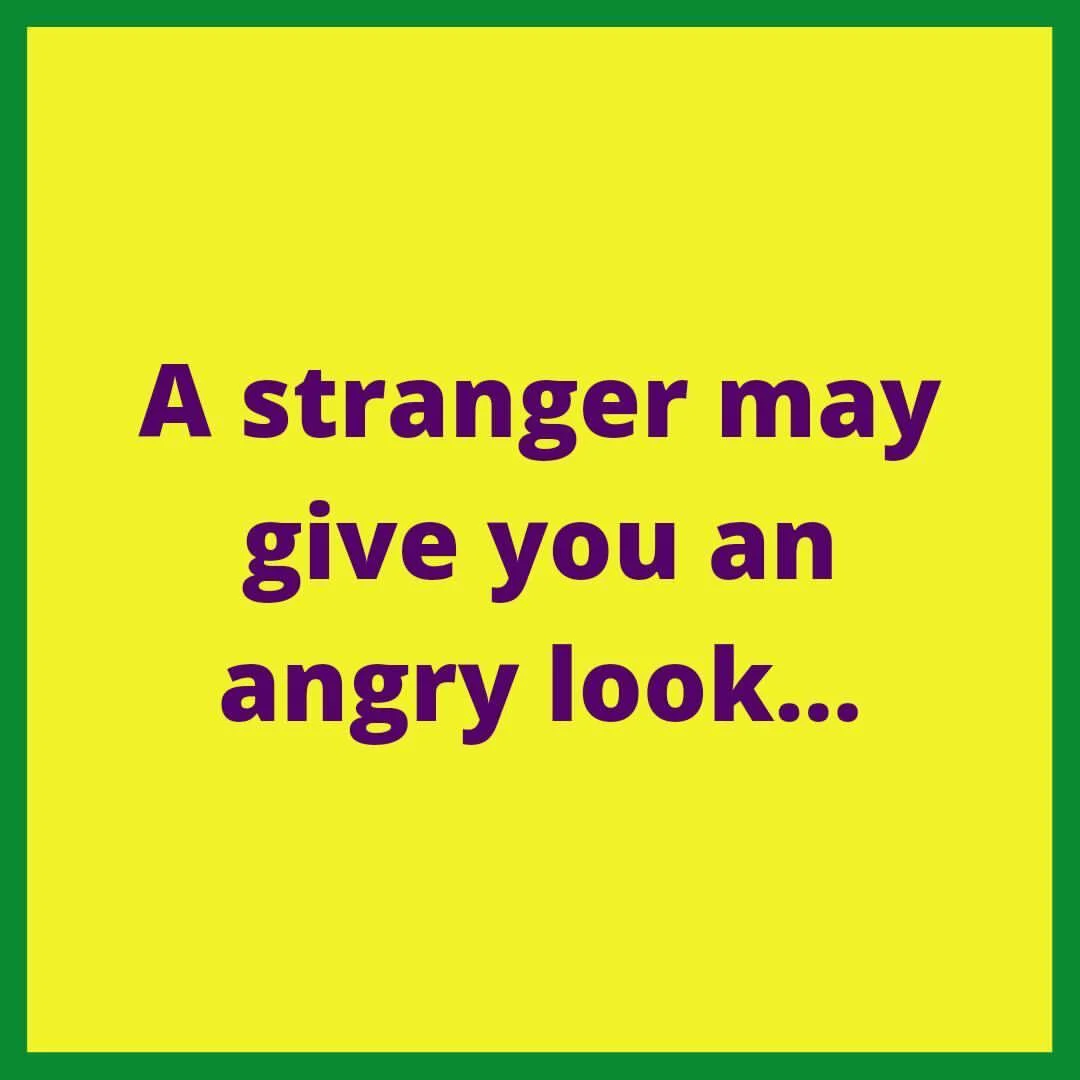
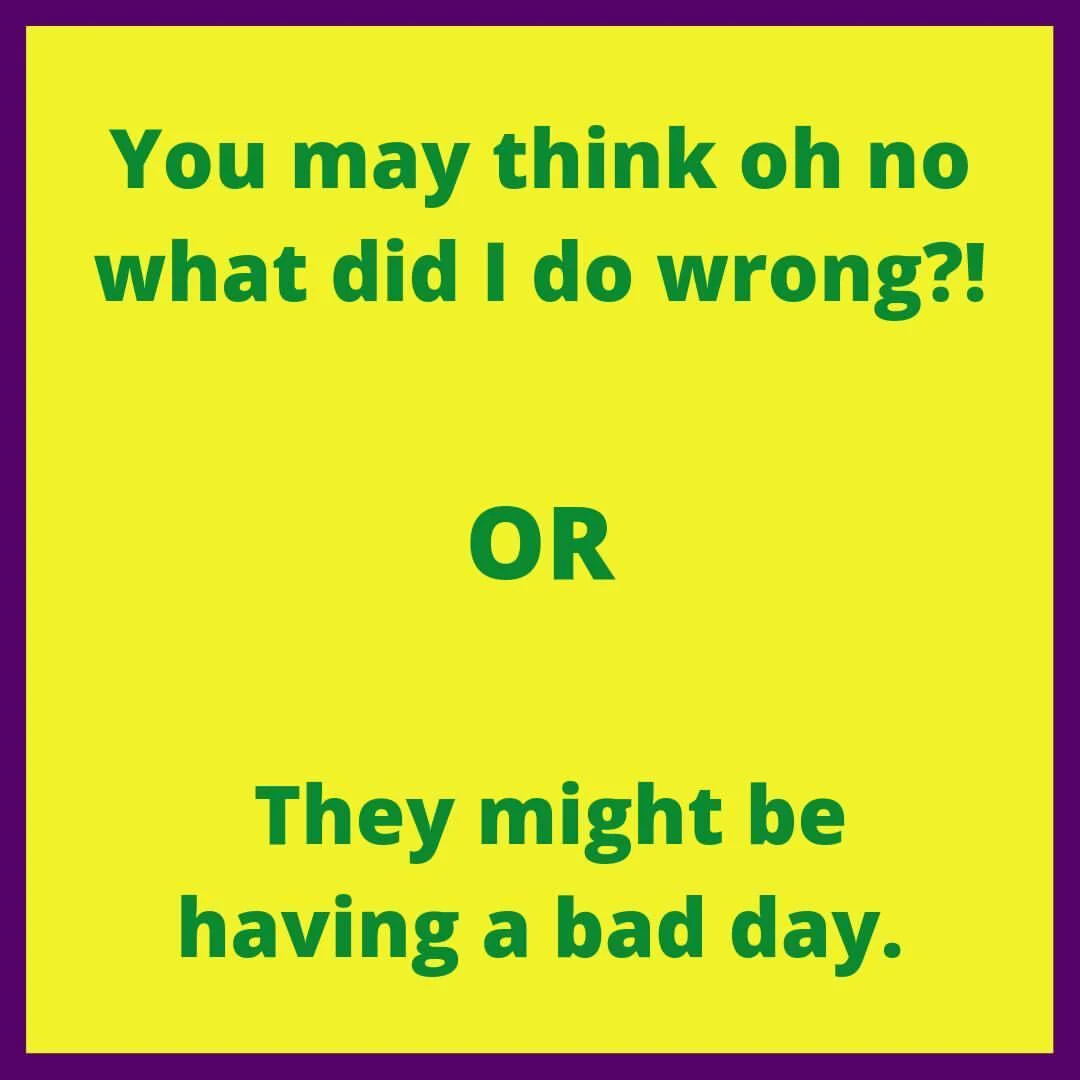
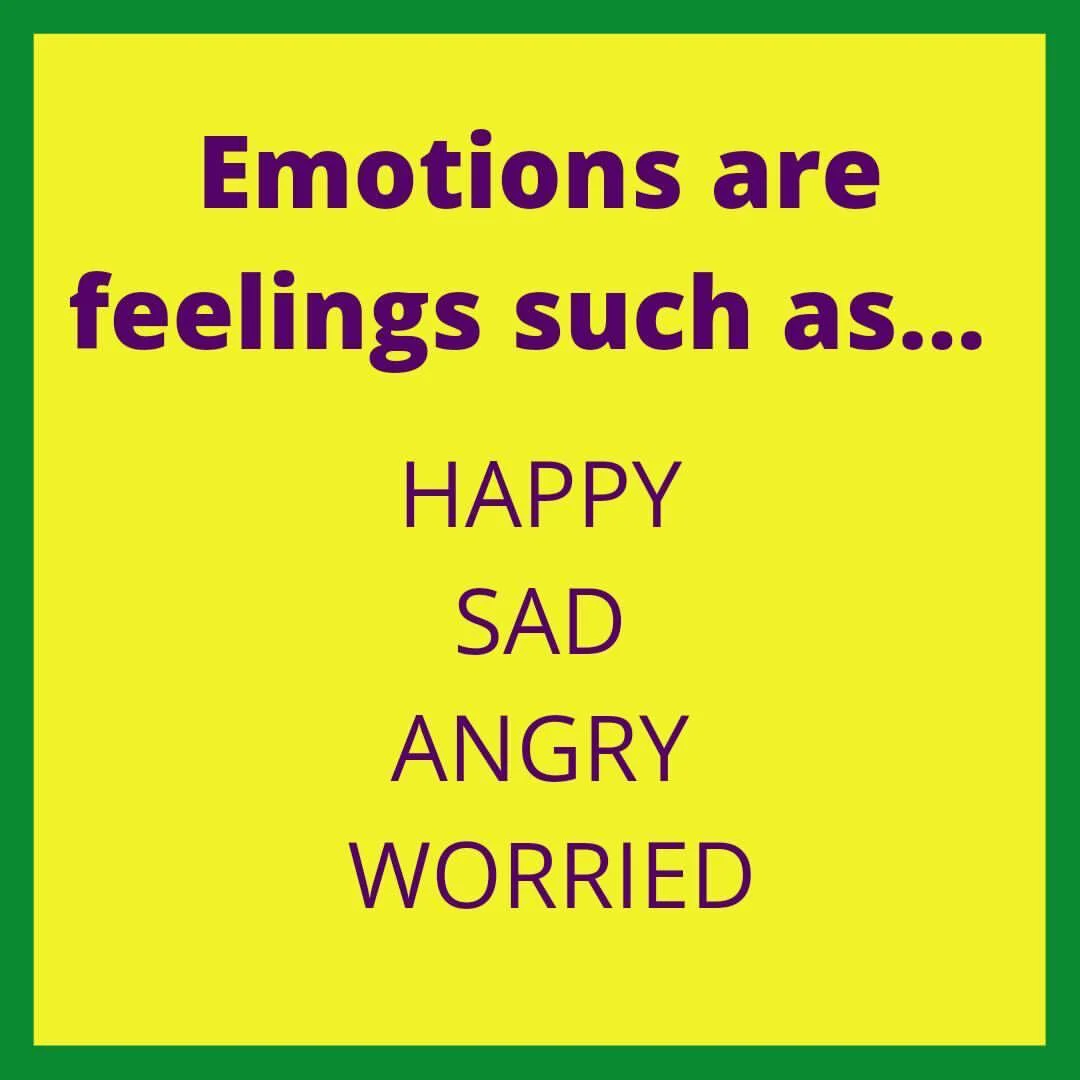
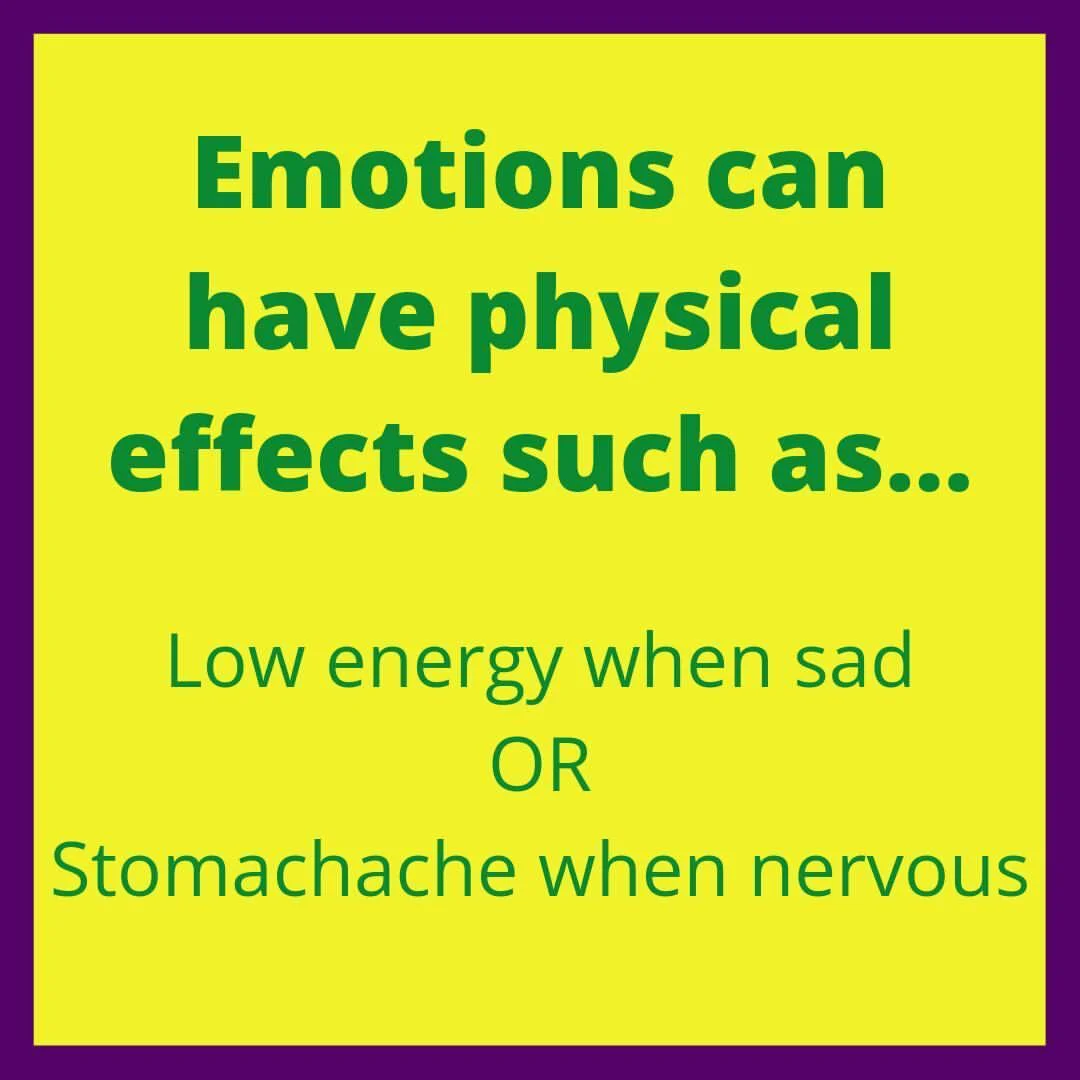
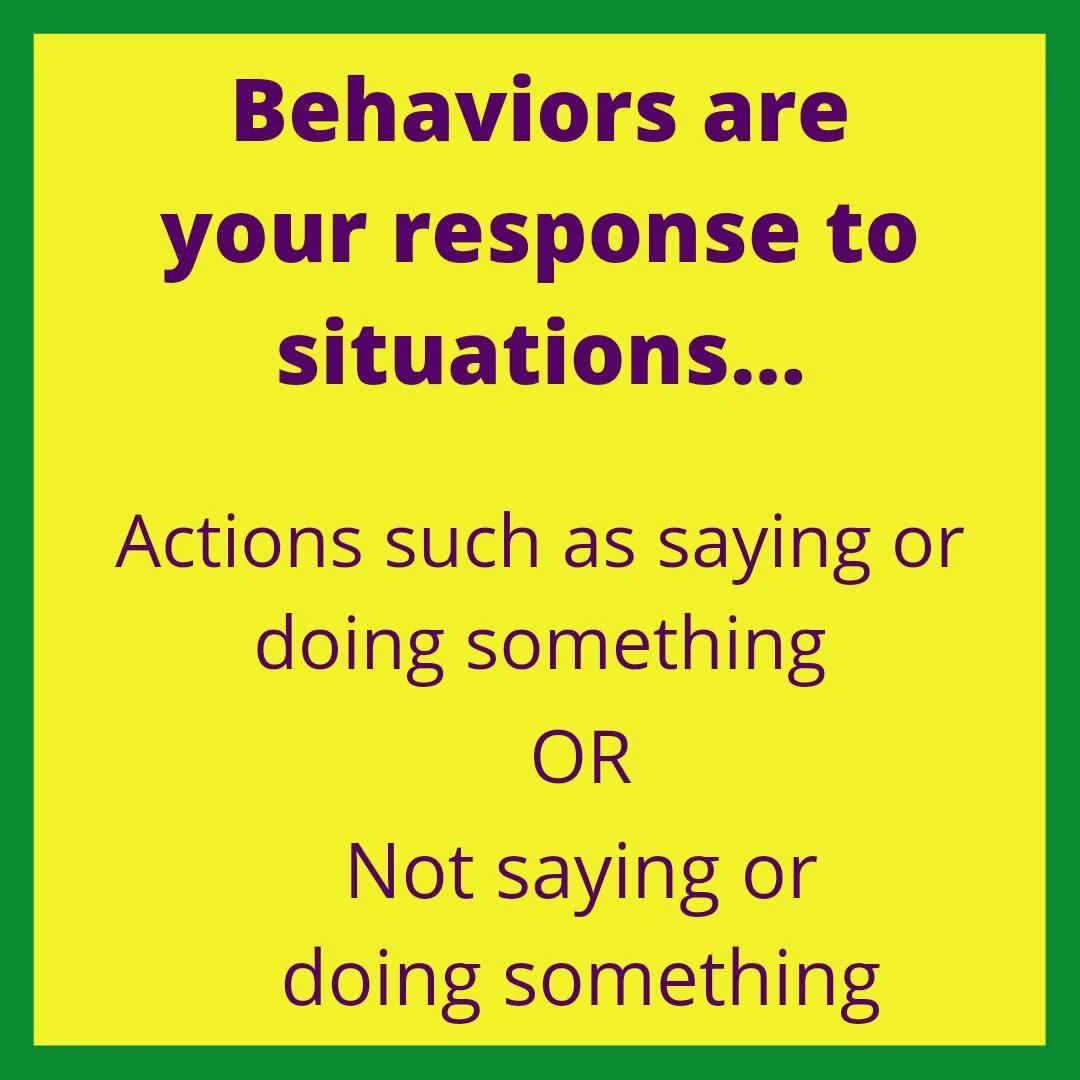
body image
July, 2021
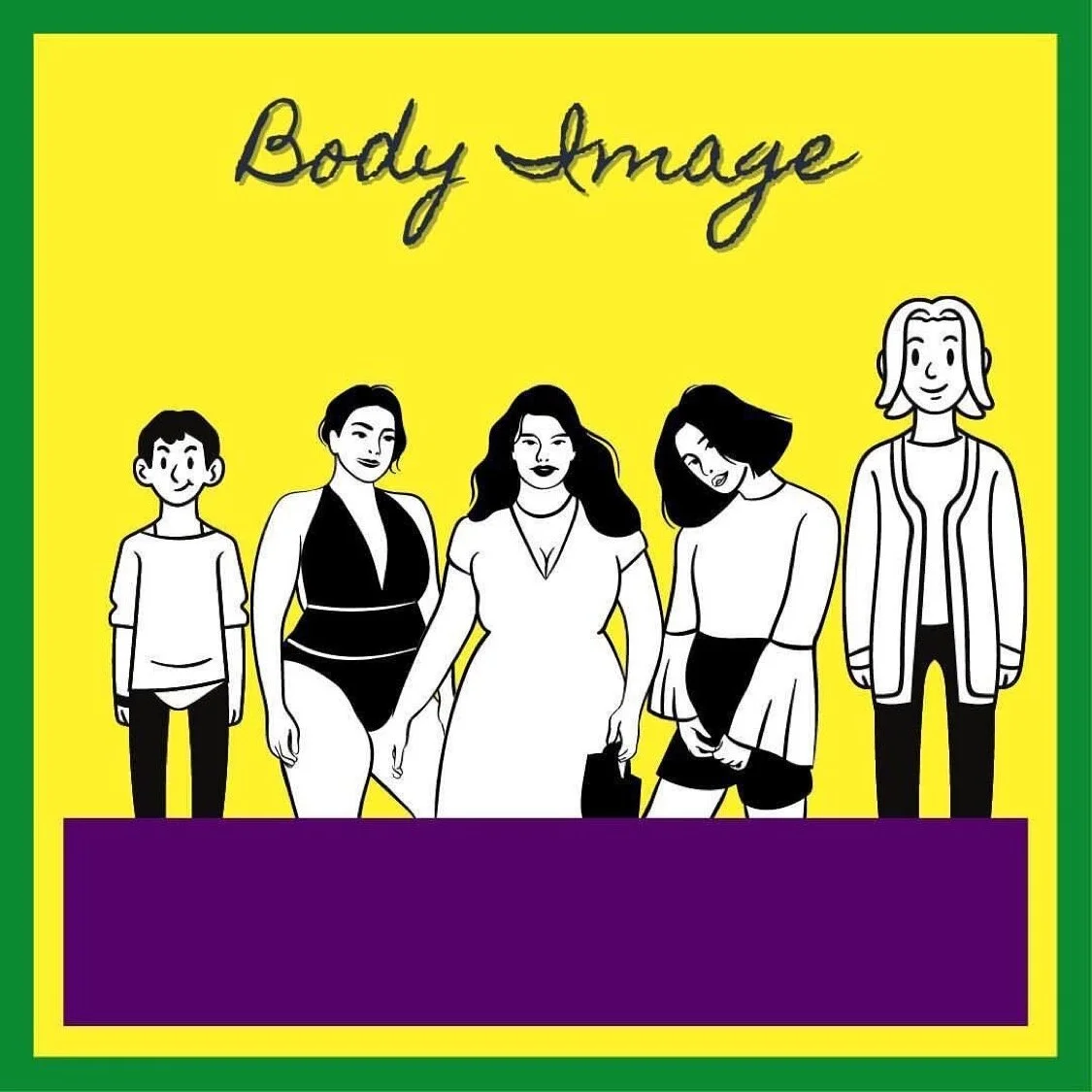
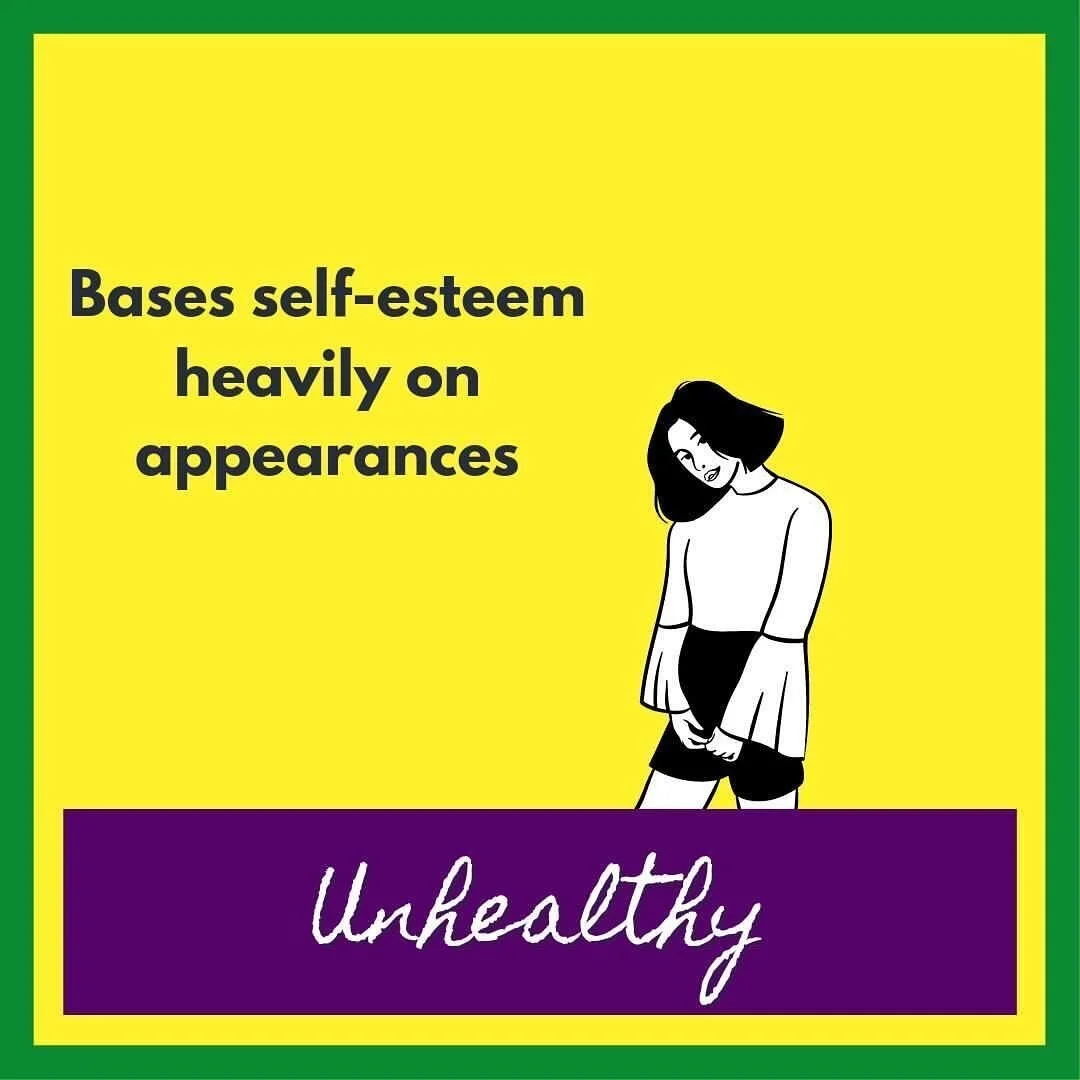

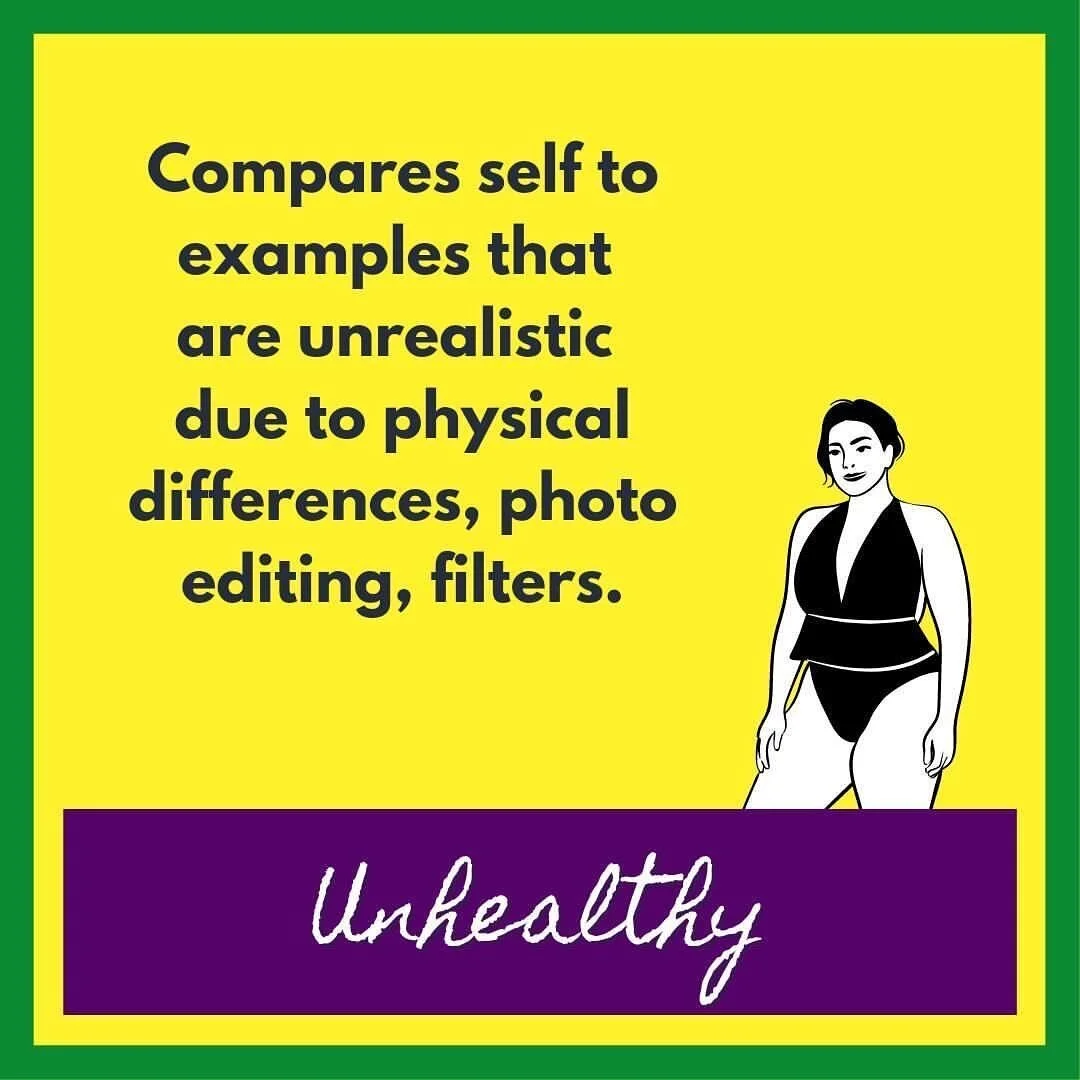
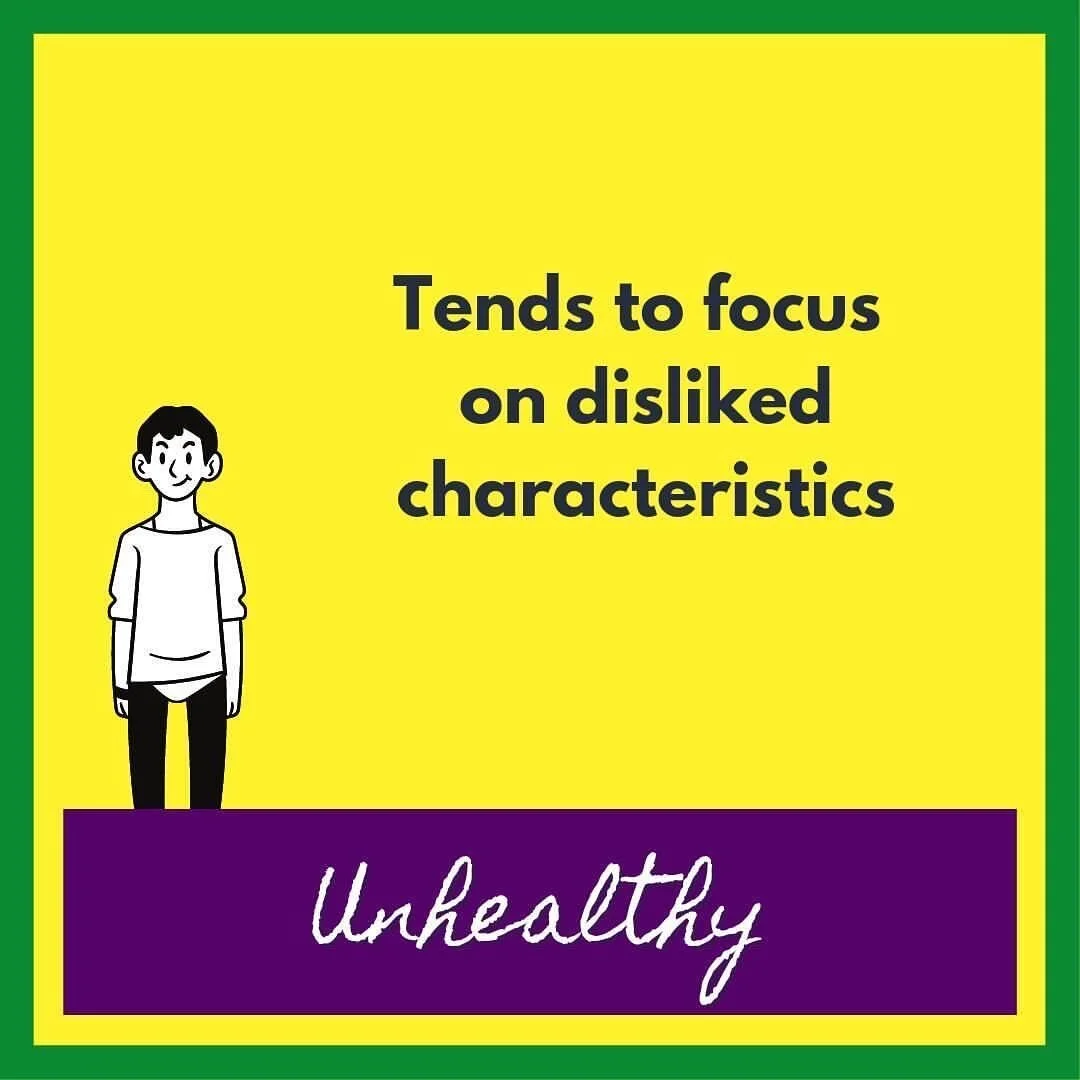

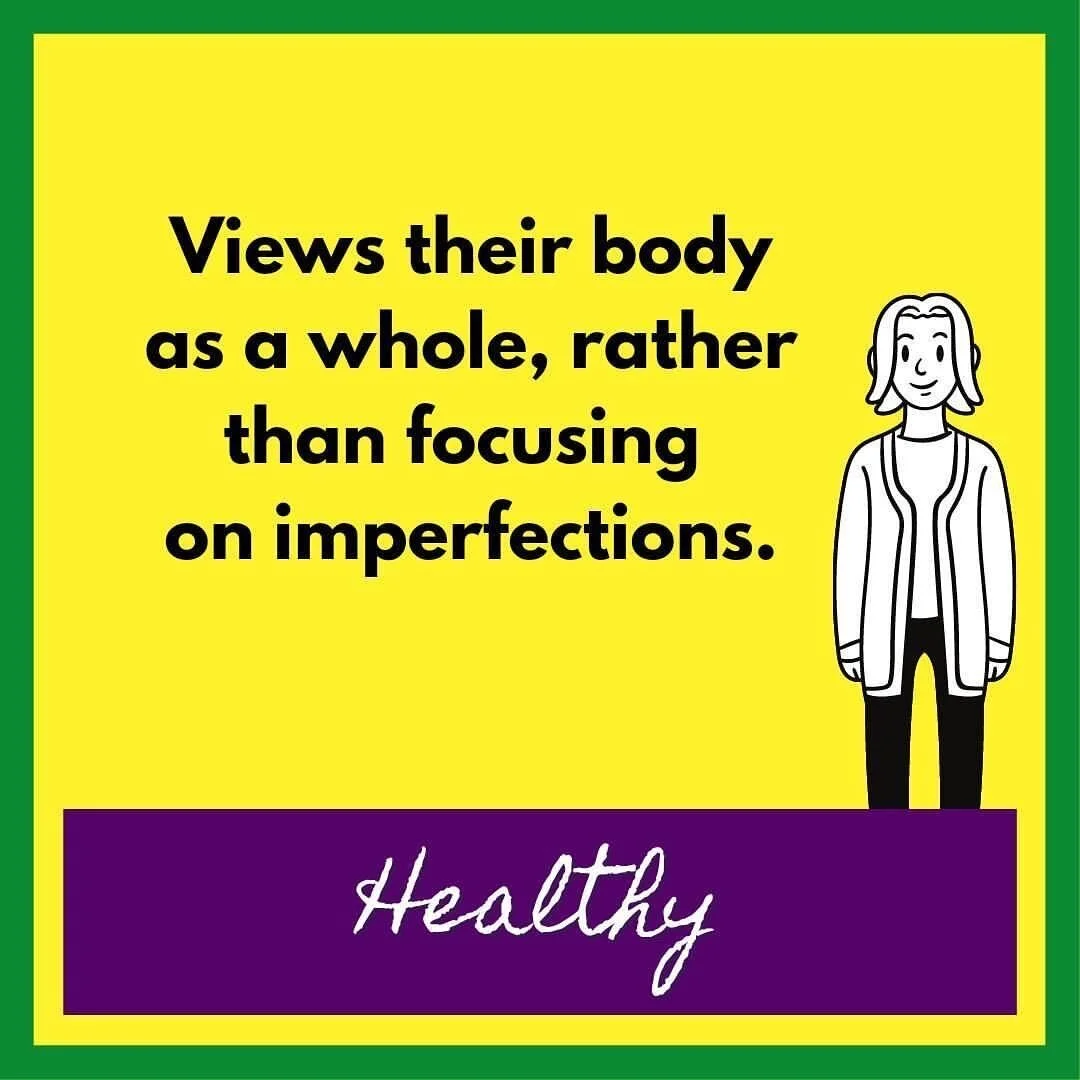
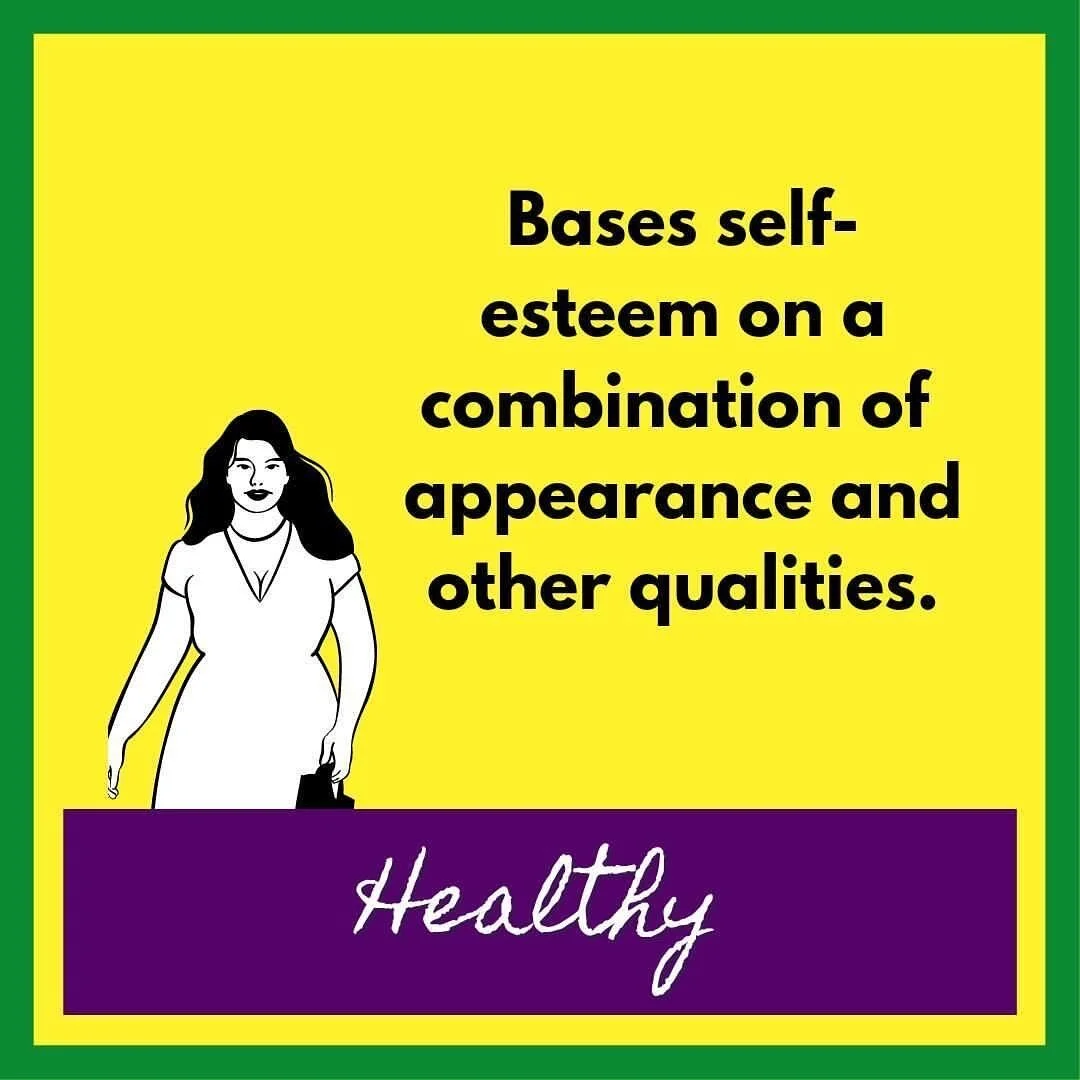
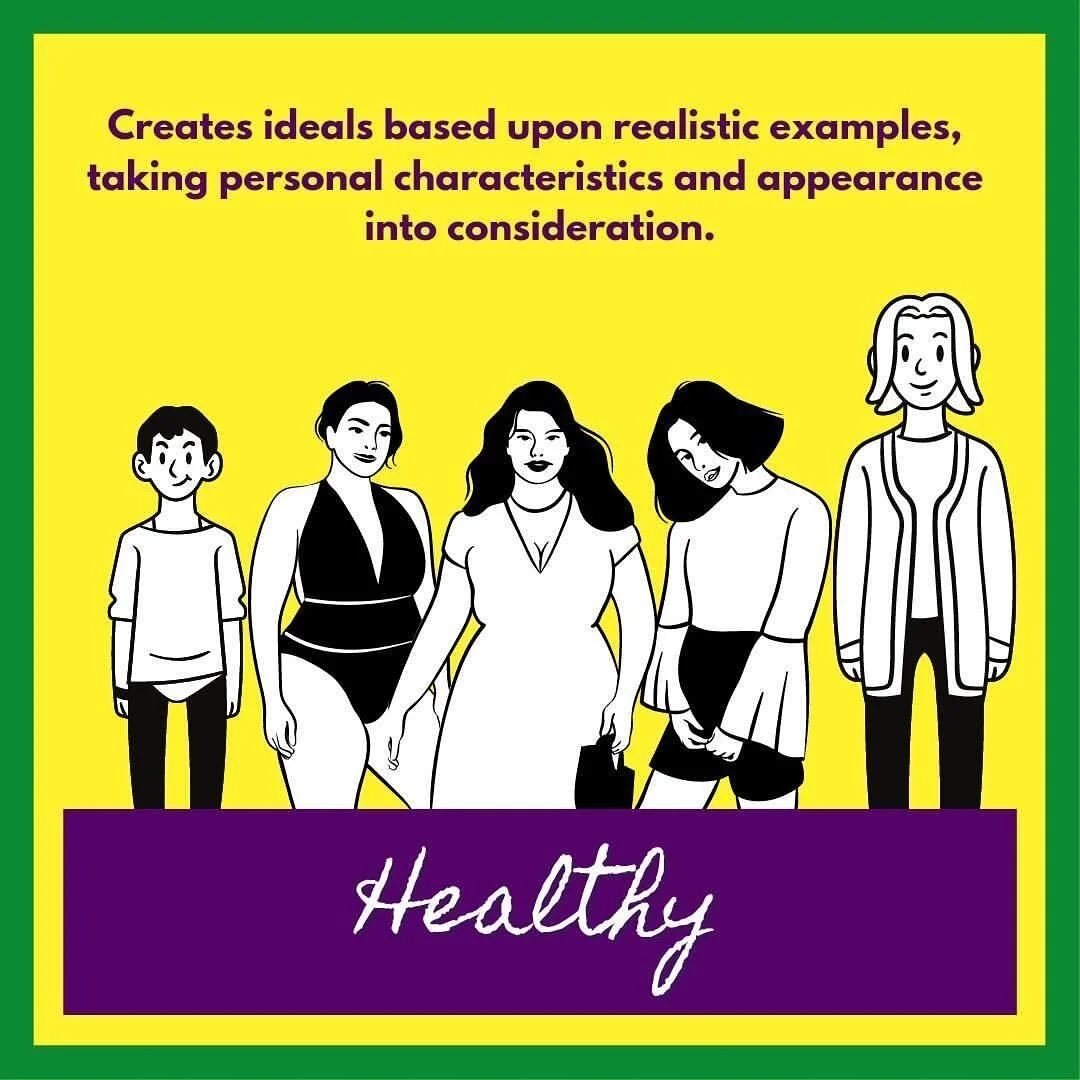
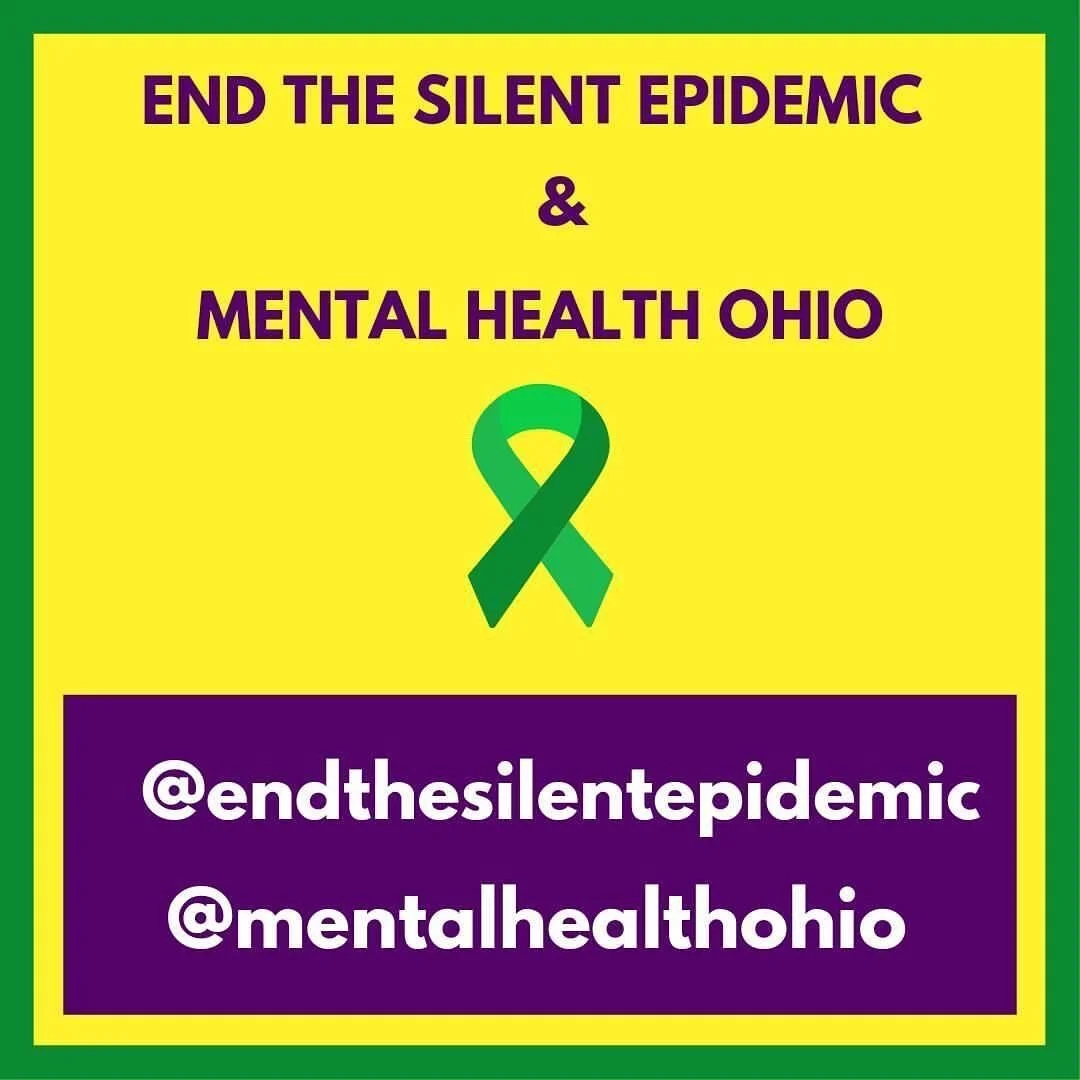
PICK YOUR STRENGTHS
July, 2021
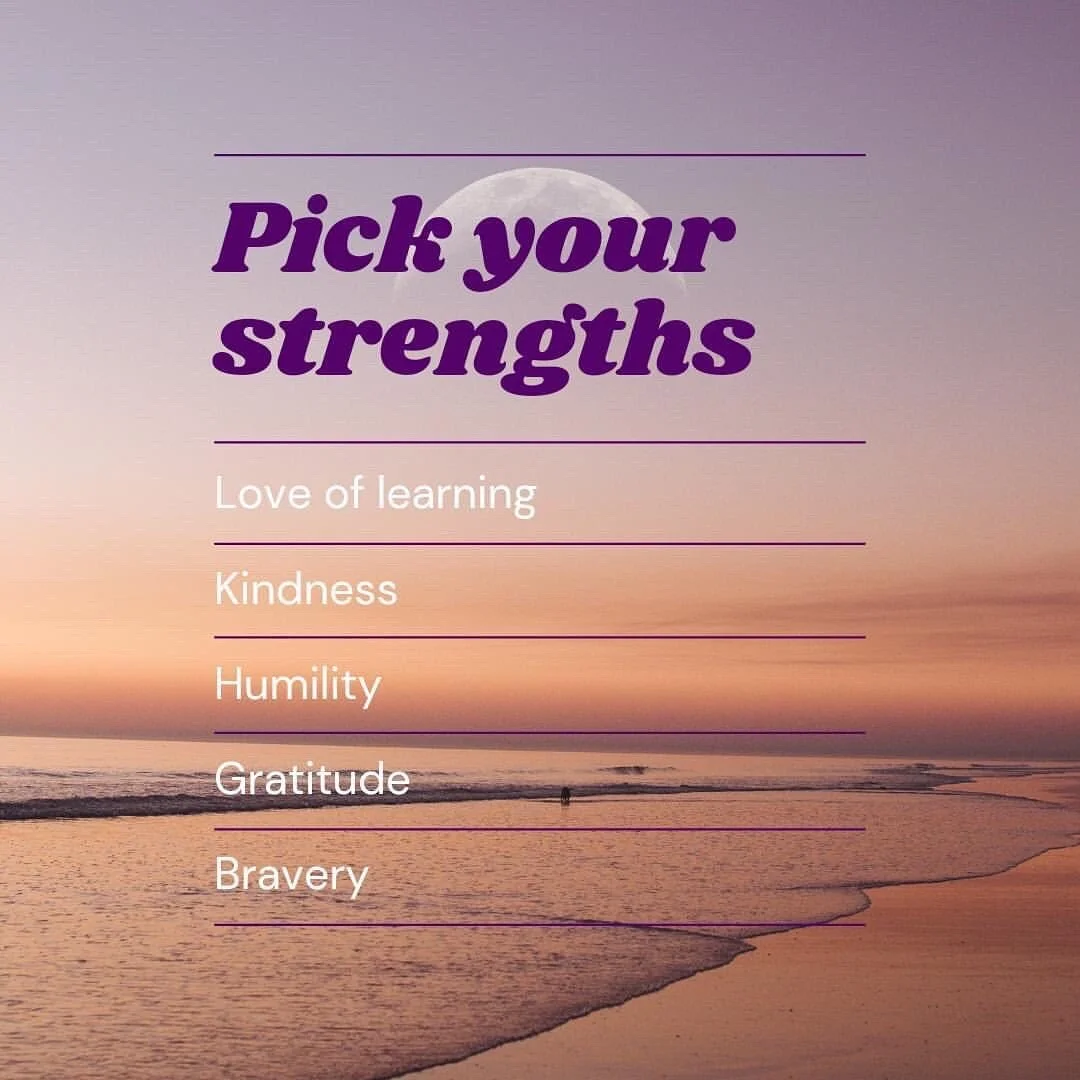

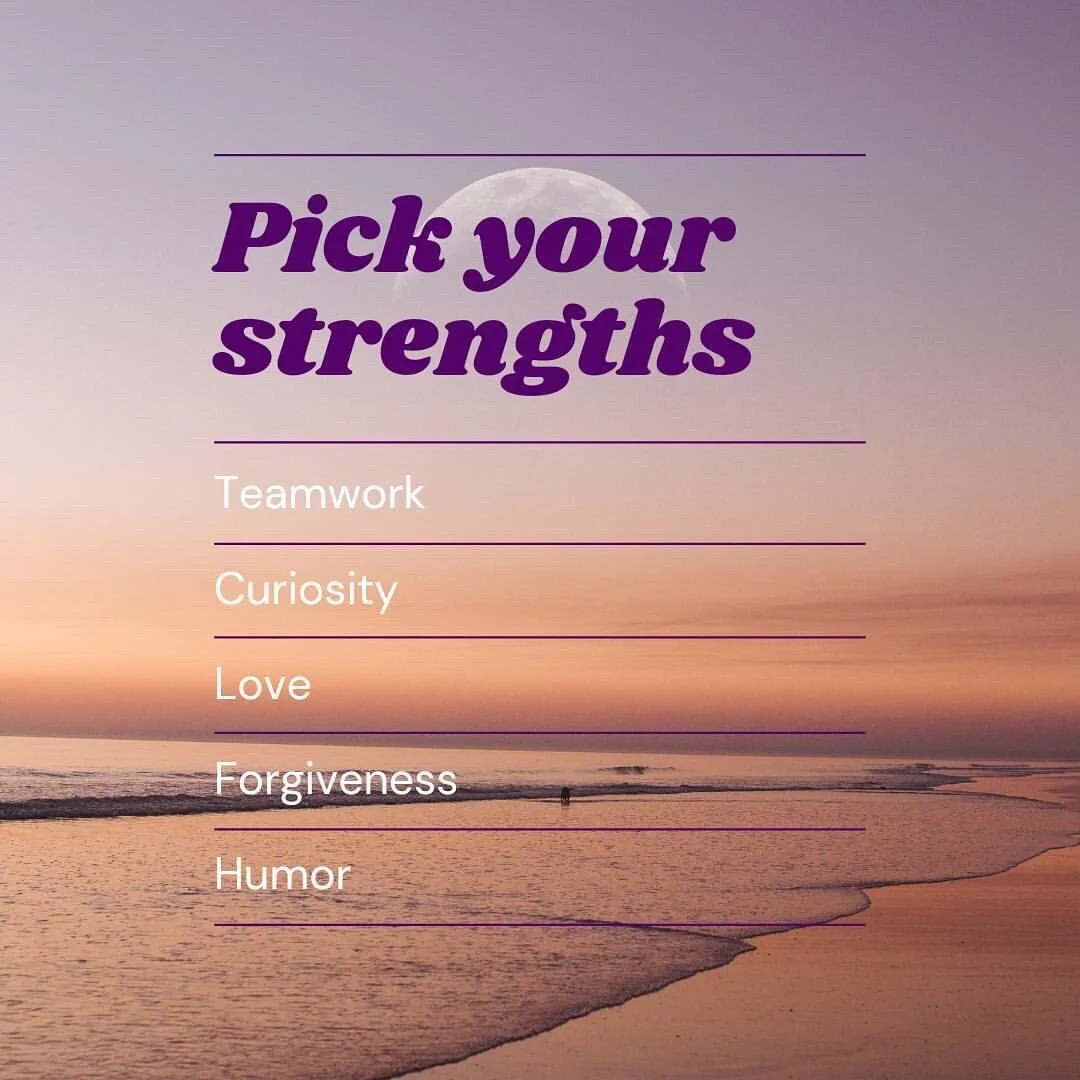
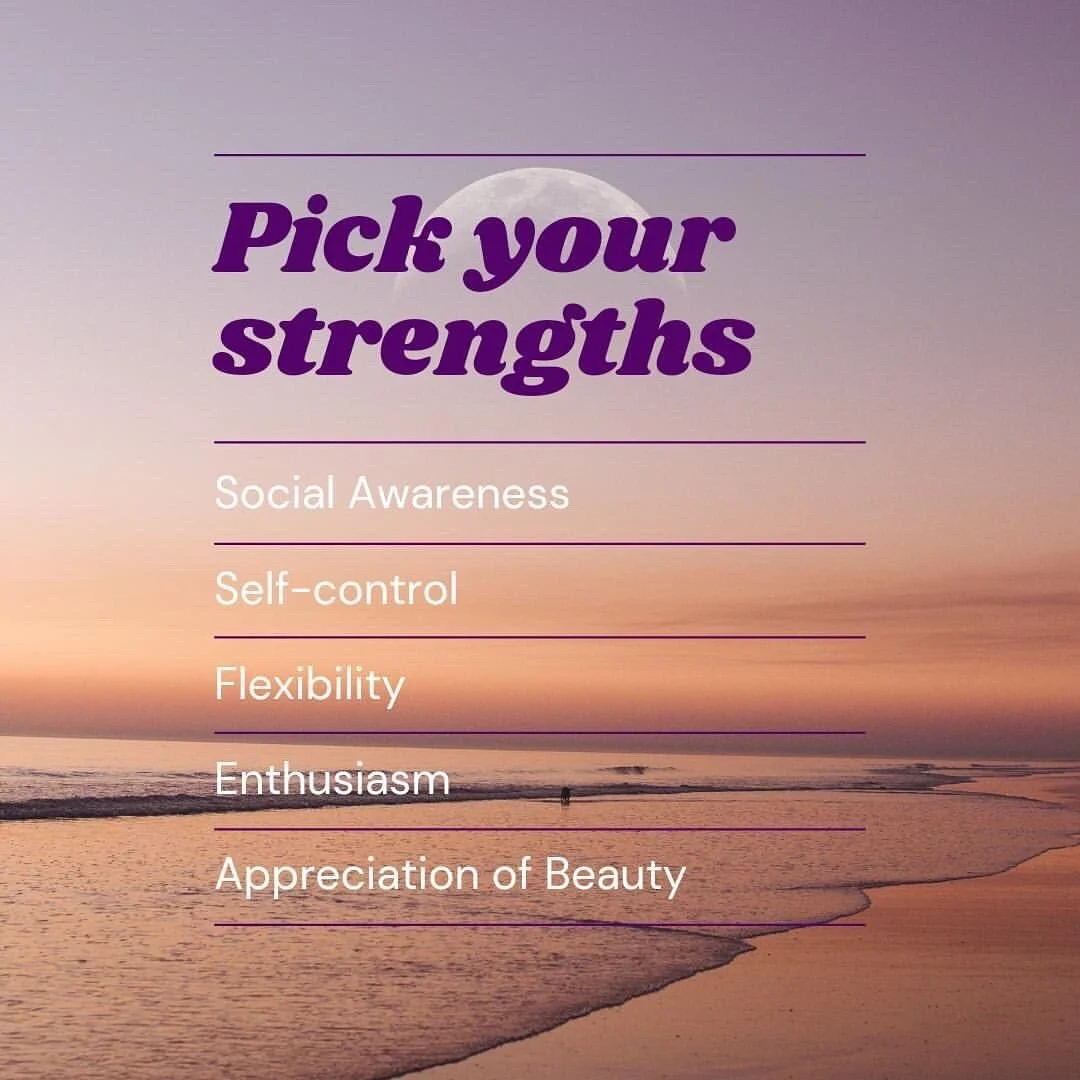
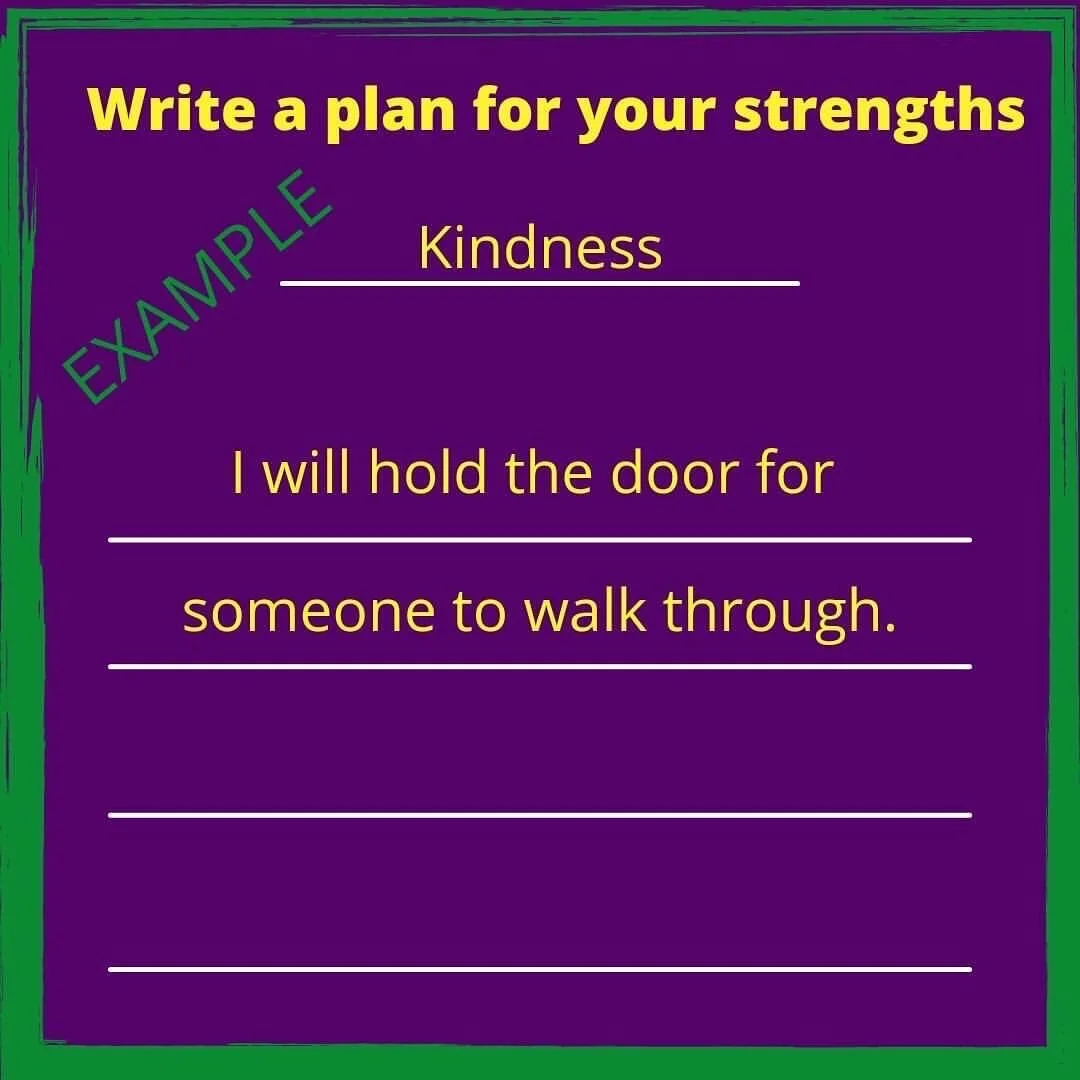
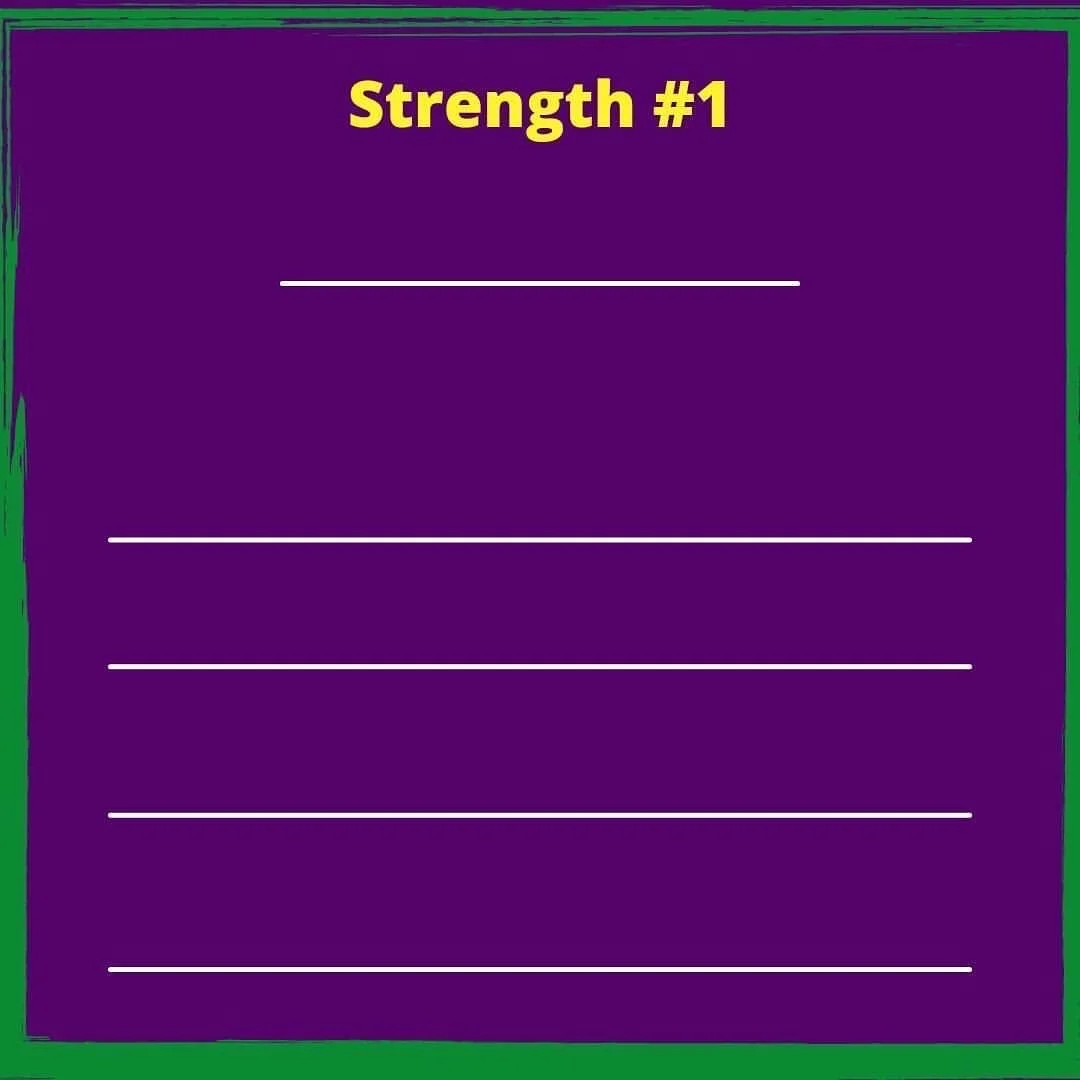
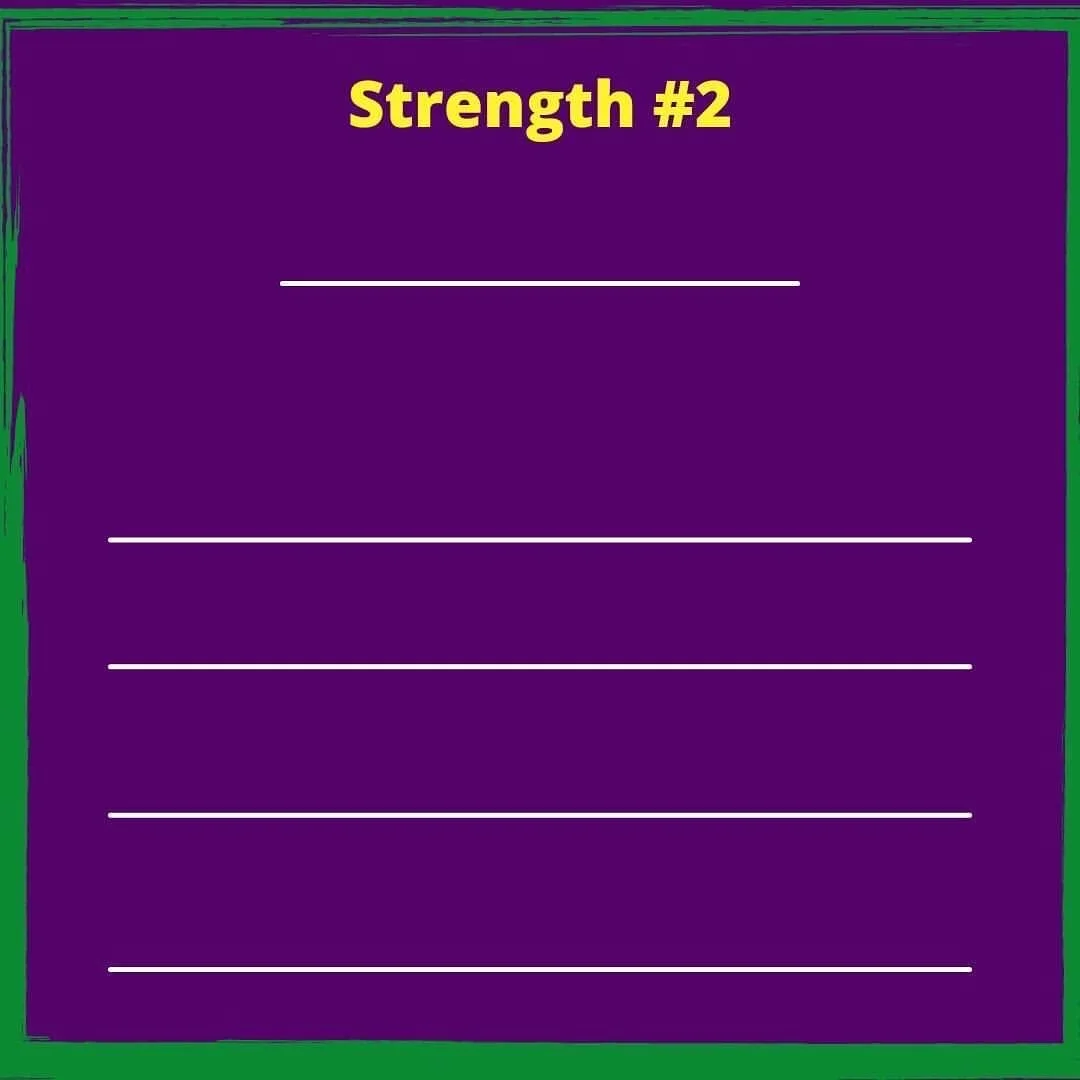
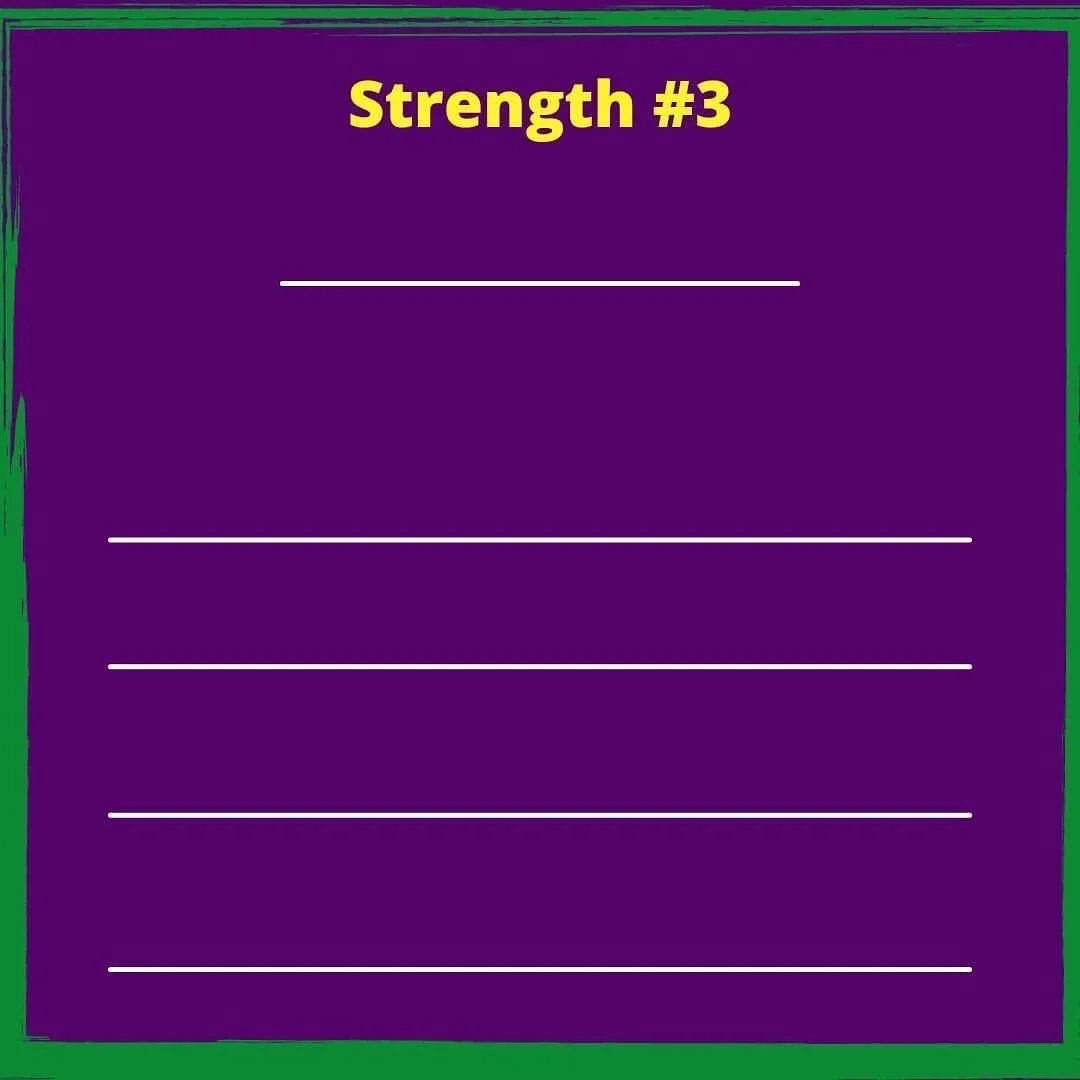
Setting boundaries for relationships
June, 2021







PERFECTIONISM VS. STRIVING FOR EXCELLECE
May, 2021










COPING WITH DEPRESSION
May, 2021








Should mental health be taught in School?
Hannah is a proud mental health warrior, bravely facing down her own diagnosis of bipolar disorder each day, Hannah is particularly observant when it comes to her students mental health, intervening as appropriate when help is needed. Don’t you wish all teachers were like Hannah, on the lookout for signs of a students experiencing a mental health crisis? Furthermore, as the adults who spend among the most time with their students, don’t you think teachers should be prepared to offer Mental Health First Aid in the case that they see signs of a crisis (and for that matter training on how to recognize. these sings?
Teachers have to go to four years of college and usually an additional couple of years earning their Master’s degree. Given the rates of mental illness and suicide amongst youth, it seems more than reasonable that a small portion of this time should be dedicated to educating future teachers on how to help their students manage their mental health, or at the least, intervene in case of emergency. With this training teachers could implement Mental Health First Aid measures as well as communicate the student’s risk status to other critical adults and advocates who together can ensure the student in question gets both the immediate care required as well as the long-term support needed to prevent self-harm. What do you think, should teachers be trained in basic Mental Health First Aid or perhaps more? Do you think teachers could be a key puzzle piece in the youth suicide prevention fight? We’d love to hear what you think below via email or on Instagram! Would you be interested in an activism campaign around this issue, if so, feel free to share any ideas!

